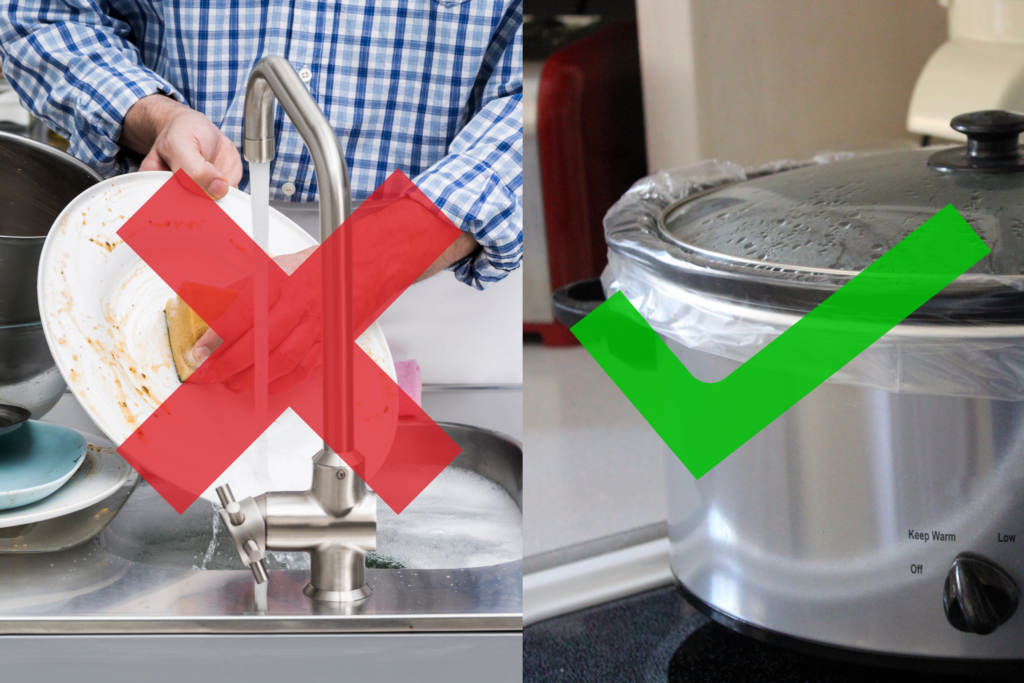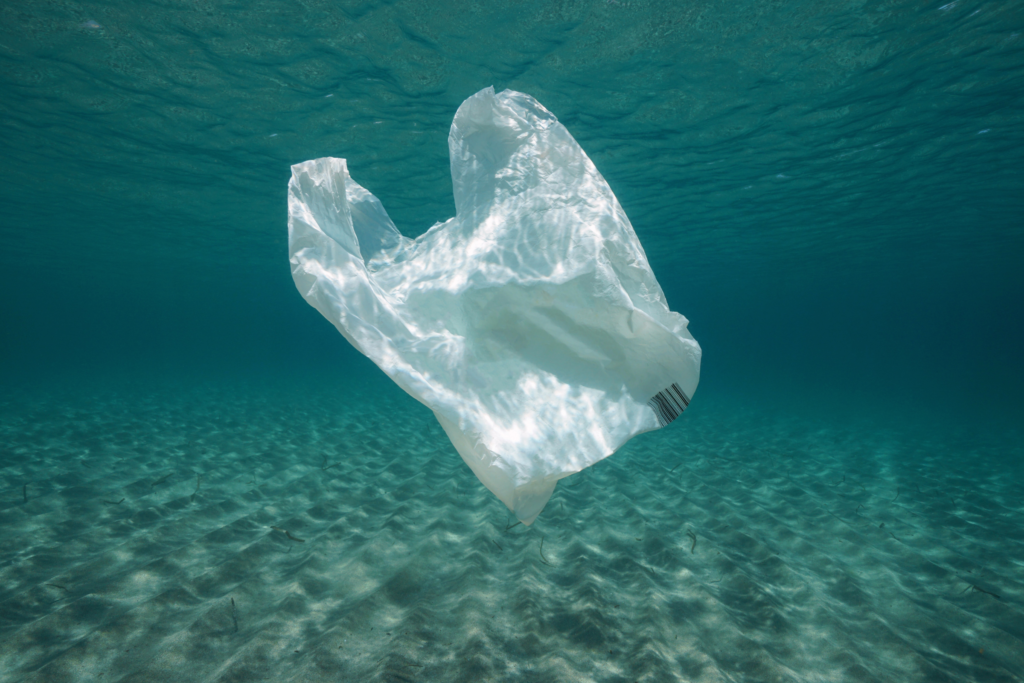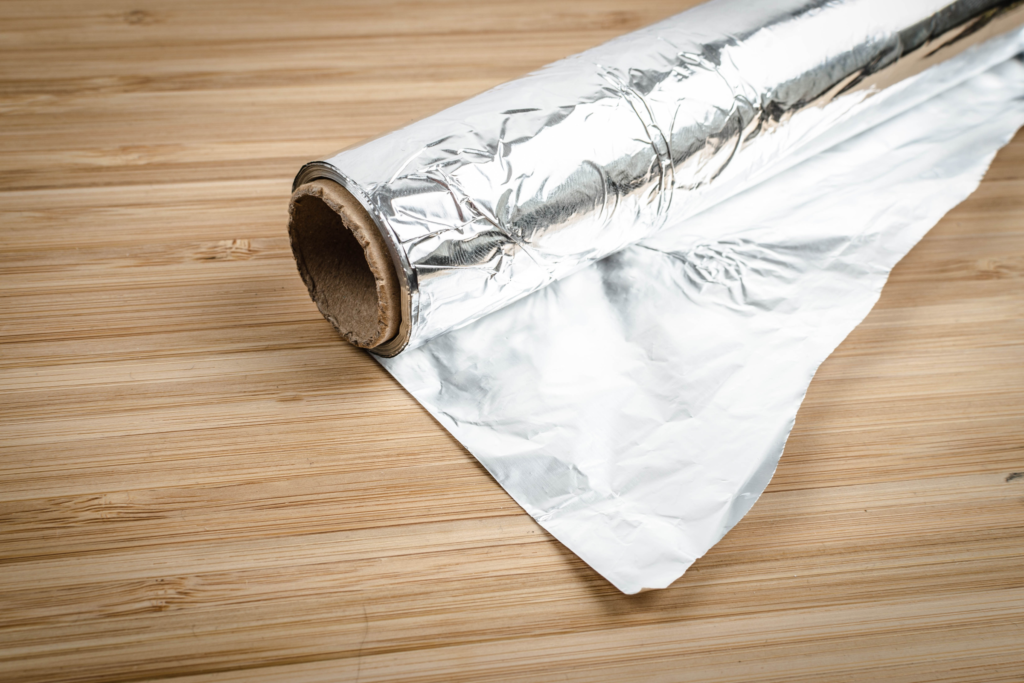What Is a Slow Cooker Liner? (4 Big Reasons to AVOID Them!)
Slow cookers are built to save time and energy in the kitchen. Slow cooker liners have only enhanced those characteristics. What is a slow cooker liner, and should you use one?
A slow cooker liner is a liner that lines a slow cooker during cooking. They’re used to reduce messiness and save time during cleanup. Although slow cooker liners are helpful, there are drawbacks to using them, including health and environmental concerns, flavor differences, and cost.
Whether or not you use a slow cooker liner is up to you. Alternative and reusable options are available if you want to go a different route.
This article will explore the details of slow cooker liners and help you decide whether they are a suitable addition to your slow-cooking routine.
What is a slow cooker liner?
Slow cooker liners are a time-saver in the kitchen and just about eliminate cleanup. What are they, and are slow cooker liners safe?
A slow cooker liner is a specially designed plastic bag that fits inside a crock pot or slow cooker. It separates the food from the inside of the pot to prevent sticking and make the cleanup process significantly easier. These liners are typically designed to fit 3 to 6.5 qt round or oval slow cookers.
Slow cooker liners are generally made from heavy-duty materials that can withstand heat without breaking or tearing as you remove them from the slow cooker.
Slow cooker liners are a convenient solution for anyone who wants to reduce the time spent cleaning their slow cooker. With a liner in place, you can simply remove the bag and discard it after your meal, leaving the pot free from food residue and reducing the need for scrubbing.
Although slow cooker liners are commonly available and widely used, there are some concerns regarding potential health risks associated with their use. It is essential to ensure that the specific liner product is made from materials that are safe to use with food and can resist high temperatures without melting or releasing harmful chemicals.
BPA-free and FDA-approved materials are generally considered safe for use in slow cooker liners.
In addition to potential health risks, some users may wish to consider the environmental impact of using disposable plastic bags. Reusable alternatives, such as silicone liners, can be a more sustainable option for those who frequently use slow cookers and want to reduce their plastic waste.
Types of slow cooker liners
Slow cooker liners provide convenience and cleanliness when using a slow cooker. There are two main types of slow cooker liners: disposable liners and reusable liners. This section will discuss each type and its advantages.
Disposable liners
Disposable slow cooker liners are typically made of a heat-resistant plastic material, such as a nylon blend. Various sizes of liners are available to accommodate different slow cookers, ranging from one to three quarts, three to eight quarts, and even six to 10 quarts. They fit round or oval slow cookers that measure between 3 to 6.5 qt.
Using disposable liners can save time and effort, as they eliminate the need to scrub the slow cooker pot after cooking. To use a disposable liner, simply place it inside the pot before adding ingredients, and then dispose of the liner once you have finished cooking.
Some popular brands in the market for disposable slow cooker liners include Reynolds and Crock Pot. Always opt for heavy-duty liners that can withstand high heat and resist breakage during removal from the slow cooker.
Although disposable liners make cleanup a breeze, they have a negative effect on the environment.
Reusable liners
Alternatively, reusable slow cooker liners are available as an eco-friendly option for those who prefer to avoid single-use plastic products. These liners are made of materials like silicone, which are durable, heat-resistant, and can be cleaned and reused multiple times.
Reusable liners offer the same convenience of a mess-free slow cooking experience as disposable liners. They can be easily removed from the cooker, allowing for a swift cleaning process. To use a reusable liner, simply place it inside the pot before adding ingredients, and then clean and store the liner after the meal has been cooked.
Investing in a high-quality reusable liner is vital, as it should be able to withstand repeated usage, provide excellent heat resistance, and remain easy to clean. Choose a liner that fits the size and shape of your slow cooker for the best results.

Potential benefits of using a slow cooker liner
In this section, we’ll discuss several potential benefits of using a slow cooker liner and how these liners can make the cooking process easier and more efficient, including:
- Easy cleanup
- Preserving the cookware
- Preventing food sticking
- Time-saving
Easy cleanup
The primary advantage of using a slow cooker liner is the easy cleanup process. When cooking is complete, simply remove the liner and dispose of it in the trash. This eliminates stuck-on messes and the need for scrubbing or soaking your slow cooker, which in turn saves water and effort.

Preserving the cookware
By using a slow cooker liner, you can help preserve the non-stick coating of your slow cooker. This is because the food will not be in direct contact with the slow cooker’s surface, reducing the risk of scratching or damaging the non-stick coating.
Preventing food sticking
Slow cooker liners also reduce the chances of food sticking to the slow cooker’s surface. As the food doesn’t come into direct contact with the surface, it is less likely to stick or burn, making the overall cooking experience smoother and more enjoyable.
Time-saving
Do crockpot liners affect cooking time? They sure do! Slow cooker liners can save time by eliminating the often lengthy cleaning process. With fewer steps in cleaning the slow cooker, you can spend more time enjoying your meal or getting other stuff done around the house.
Potential drawbacks with slow cooker liners
Just as there are benefits to using a slow cooker liner, there are also significant drawbacks. There are significant cons to slow cooker liners; the most critical being that they’re made from nylon, a type of plastic. Plastics used for cooking, including slow cooker liners, should not undergo prolonged contact with a heat source.
This section covers everything you need to know about the potential downsides of using a slow cooker liner, including:
- Health concerns
- Environmental concerns
- Possible flavor differences
- Cost
Health concerns
While slow cooker liners are designed to withstand high heat, some people may be concerned about the potential for chemicals from the plastic to leach into their food. It is important to ensure that the liners you use are specifically made for slow cookers and are BPA-free to minimize such risks.
Furthermore, a study found that prenatal exposure to low levels of BPA can cause hypertension (blood pressure that is higher than normal).
You can forgo the slow cooker liner and avoid the health risks that come with it. It could be worth it for the added peace of mind.
Environmental concerns
One particular drawback of plastic slow cooker liners is the environmental concern. Choosing to use an environmentally conscious alternative contributes to lessening the amount of waste on the planet; according to National Geographic, more than 5.25 trillion pieces of plastic debris are in the world’s oceans.
Using disposable plastic liners can contribute to environmental waste. In general, slow cooker liners are not biodegradable and contribute to the growing PFAS count. If environmental impact is a concern, you might consider alternatives to liners, such as using a non-stick spray or simply washing the slow cooker pot by hand after use.

Possible flavor differences
Some people may notice a subtle difference in flavor when using slow cooker liners, possibly due to the presence of plastic. While this is quite subjective and dependent on individual tastes, it may be worth considering if you are particularly sensitive to changes in flavor or have specific dietary preferences.
If you’re concerned about off-flavors from plastic, it’s best to ditch the liner altogether and use a nonstick spray, butter, or oil.
Cost
Although slow cooker liners can save time and effort in cleaning up, they do come with an added cost. It is worth weighing the convenience factor against the expense, especially if you use your slow cooker frequently. Alternatives such as non-stick sprays or reusable silicone liners might be more cost-effective in the long run.
Alternatives to slow cooker liners
If you’re looking for alternatives to slow cooker liners, there are a couple of options that can help keep your slow cooker clean while also being budget and environmentally friendly. Use these slow cooker liner substitutes to save money and avoid the potential health concerns associated with plastics.
- Parchment paper
- Aluminum foil
- No liner
Parchment paper
Parchment paper is a popular substitute for slow cooker liners. It is a better option for recipes that don’t have a lot of liquid or need a gentler cooking method. To use parchment paper as a slow cooker liner, simply cut a piece of paper larger than your slow cooker and press it into the cooker, making sure it covers all sides. This will help protect your crockpot from direct contact with the food and make cleaning easier.
- Pros: Parchment paper is budget-friendly, creates less waste, and is free from plastic-related health concerns.
- Cons: It may not be suitable for recipes with a lot of liquid, as the paper can become mushy and disintegrate.
| Pros | Cons |
|---|---|
| More budget-friendly than disposable liners | Not suitable for some recipes, like those with a lot of liquid |
| Creates less waste | Perforated parchment paper can still create a mess |
| Environmentally conscious | Can be difficult to fit some slow cookers |
| Avoid plastic-related health concerns |
Aluminum foil
Aluminum foil is another common alternative to slow cooker liners. It’s easy to use and can fit any slow cooker size. Fold a long piece of aluminum foil, making sure it is wide enough to cover the sides of your slow cooker. Place the folded aluminum foil in the slow cooker, pressing it against the sides. Depending on your recipe, you may be able to skip this step and just cook directly on the foil.
- Pros: Aluminum foil is inexpensive, easy to find, and can be molded into different shapes and sizes.
- Cons: Using aluminum foil may increase the risk of metal leaching into food, especially when cooking acidic foods, and it is not an environmentally friendly option.
| Pros | Cons |
|---|---|
| Relatively inexpensive | Can still raise health concerns |
| Easy to find | Not environmentally friendly |
| Malleable; can be molded to fit the shape of your pot |

No liner
If you’re still hesitant about using a slow cooker liner, ditch it altogether. You don’t have to use a slow cooker liner in your slow cooker. This is the best slow cooker liner alternative for anyone who doesn’t mind a couple of extra cleanup steps in exchange for the peace of mind that comes with it. Just be sure to add butter or a small amount of oil to the base of your crock pot before adding the food.
- Pros: Not using a liner is a cheap alternative that works just well, eliminates potential plastic or metal leaching, doesn’t produce waste, and prevents off-flavors in your food
- Cons: The downsides of not using a liner include a messy slow cooker, the need to use butter or oil in the pot, and a longer clean-up after you finish eating
| Pros | Cons |
|---|---|
| Cheapest alternative | The inside of the pot gets dirty |
| No need to worry about plastic or metal leaching | Requires butter or oil to make the slow cooker non-stick |
| No waste; environmentally friendly | Takes longer to cleanup |
| No potential off-flavors |
Parchment paper, aluminum foil, and not using a liner at all work as budget-conscious and effective alternatives to slow cooker liners. Just ensure you use the appropriate substitute for your recipe and take the necessary precautions to avoid health risks.
Let Us Know How We’re Doing!
Did this expertly prepared resource answer your question?
Do you have another question about home maintenance, home improvement projects, home appliance repair, or something else?
Get more information, send in questions and keep the discussion going by contacting the I’ll Just Fix It Myself company customer service team at at 1-800-928-1490 or Email us at [email protected]
